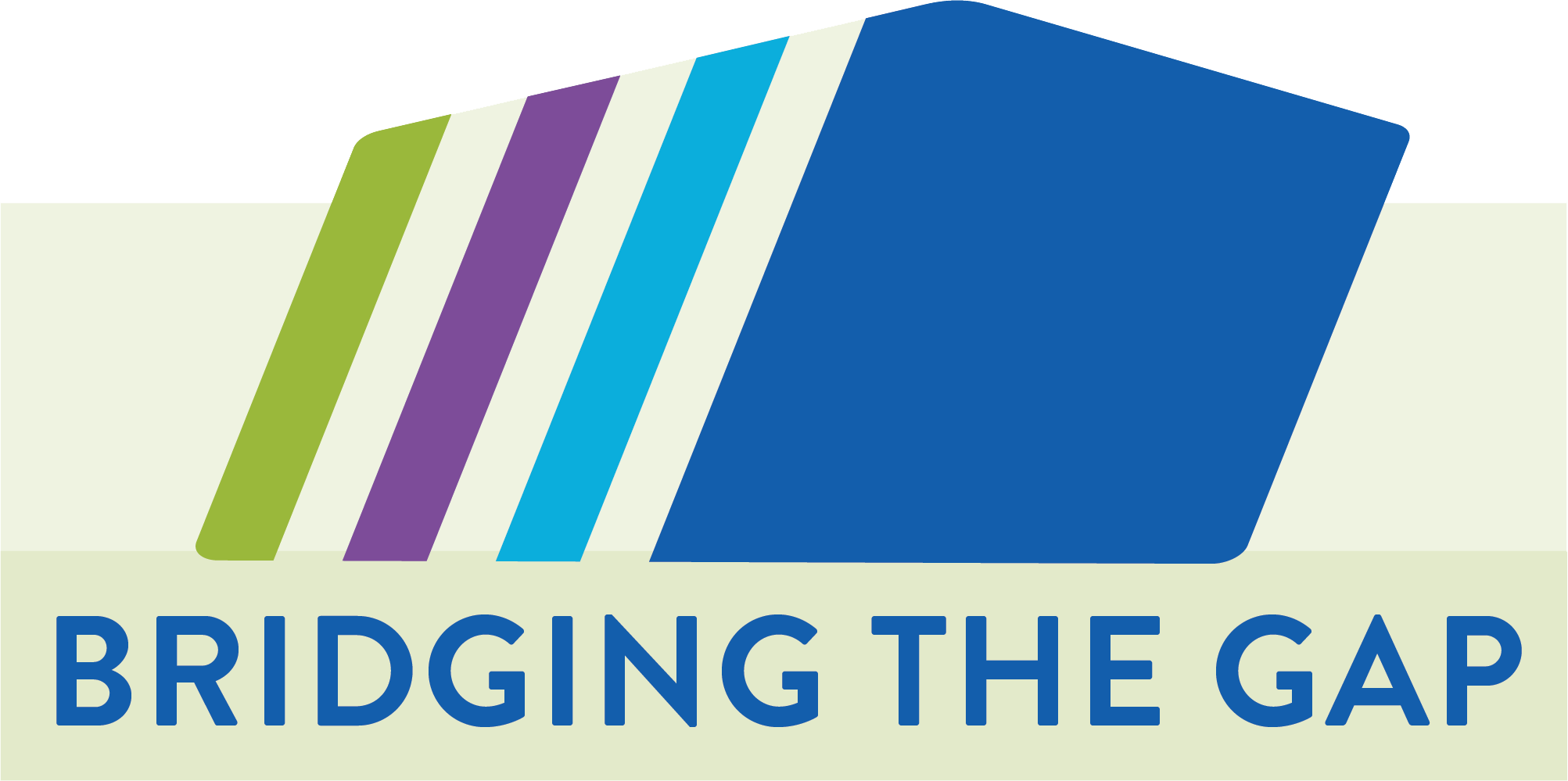New research shows economic benefits from continuing upgrades in systems of transportation, water, and more.
Congress passed the Infrastructure Investment and Jobs Act (IIJA) in 2021 and the Inflation Reduction Act (IRA) in 2022. With additional funds from the private sector and state governments, from 2022-2026, more than $580 billion in new funding supports the infrastructure included in this analysis.
Dollars in 2022 Billions
“Continuing to act” with spending appropriated for IIJA from 2022-2026 is the new baseline for annual capital investment through 2043.
IIJA’s authorized spending continues through 2026. In 2027, infrastructure spending “snaps back” to 2019 levels in place prior to passage of the IIJA and other major spending bills
ASCE economic studies find that when we invest in our infrastructure networks, American families and businesses save money. ASCE’s 2021 “Failure to Act” study found that sub-par infrastructure costs American families $3,300 annually, over 10 years.
The 2021 Infrastructure Investment and Jobs Act and 2022 Inflation Reduction Act were positive steps forward, reducing that household burden to $2,700. In 2026, if Congress continues to act with funding levels from those laws, American families will save $700 more per year, from 2024-43. Those investments also save money for businesses across the economy.

Over the next 10 years, continuing recent investments will protect U.S. industries from losing more than $1 trillion in gross output. That leadership would help avoid a loss of more than $600 billion in GDP. These values translate into household and employment benefits nationwide as American families will have an additional $550 billion in disposable income over the next decade, and 237,000 American jobs will be saved.
GAINS
LOSSES
Values determined by taking the difference between Snapback and Continuing to Act scenarios; representing jobs saved in Continuing to Act scenario and additional jobs lost for Snapback scenario in 2033.
America’s investment gap is not simply a tab for the federal government to pay. The private sector and state and local governments must do their part to reduce our investment gap.
Dedicated, Predictable Funds + Regulatory Modernization
Rates for Life Cycle Cost + Public-Private Partnerships
High-tech research + adoption of best practices and policies
Sign up our newsletter to get update news and article about company.


Notifications